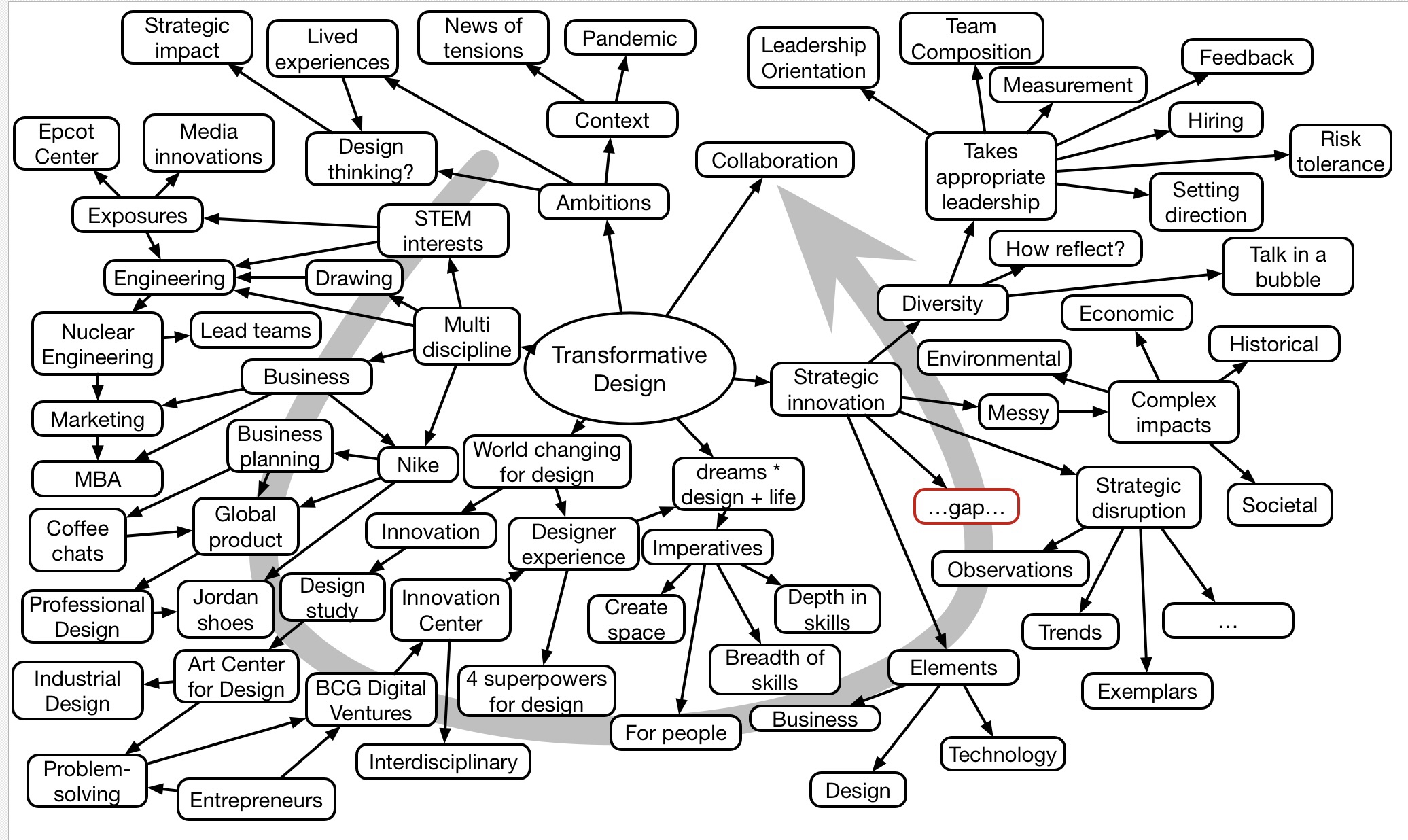 I just saw another of these ‘n things you must…if you…’ headlines, and as usual it had the opposite effect they intended. I guess I’m a contrarian, because such headlines to me are an immediate warning. It happened to be in an area I know about, and I hadn’t done any of the necessary things. Yet, I have done the thing they were saying needed the prerequisites. Arguably well (do awards count?). It made me reflect on how we’re hyping the news. Some thoughts…
I just saw another of these ‘n things you must…if you…’ headlines, and as usual it had the opposite effect they intended. I guess I’m a contrarian, because such headlines to me are an immediate warning. It happened to be in an area I know about, and I hadn’t done any of the necessary things. Yet, I have done the thing they were saying needed the prerequisites. Arguably well (do awards count?). It made me reflect on how we’re hyping the news. Some thoughts…
Yes, I know that such headlines are clickbait. ‘n‘ should be small. Yet when I tried to boil down Upside’s ‘deeper learning’ list for an infographic, it came to 14 items. Inconvenient for hype, I’m afraid, but what I’d put in the white paper. Of course there’s more, but I’m trying to be comprehensive, not ‘attractive’. Similarly, when I created my EEA alignment, I had nine elements. Not because they were convenient for marketing, but because that’s what emerged from the work.
I similarly see lists for ‘the five things’, or the ‘8 things’ (somehow 8 seems to be a maximum, at least for marketing ;). What worries me about these lists is if they’re comprehensive. Is that really all? Have you ensured that they’re necessary and sufficient? Did you even have a process? It took four of us working through months to come up with the eight elements of the Serious eLearning Manifesto. None of the above lists (Manifesto, EEA, deeper learning) are definitive, but they are the result of substantial work and thinking. Not just pulled together for a marketing push.
There are good lists, don’t get me wrong. Ones where people have worked to try to identify critical elements, or good choices based upon principled grounds. Typically, if it’s the case, there are pointers to the basis for these claims. Either there’s someone who’s known for work in the area, or they’re transparent about process. However, there are also lists where it’s clear someone’s just pulled together some random bits. Look for inconsistency, mismatches of types, etc.
In the broader picture, it’s clear that generating fear and outrage and sensationalism sell. I just want to demonstrate a resistance, and prefer a clear argument over a rant. (Here I’m trying to do the former, not the latter. ;) This goes with probably my broader prescription: I do want policy wonks making decisions. I really don’t want simple wrong answers to complicated questions no matter how appealing.
So, my short take is if you know the area, read with a critical eye. If you don’t, look for warning signs, and see what those who do know have to say about it. Caveat emptor. That’s my take on trying to stay immune to the hyping of news.


